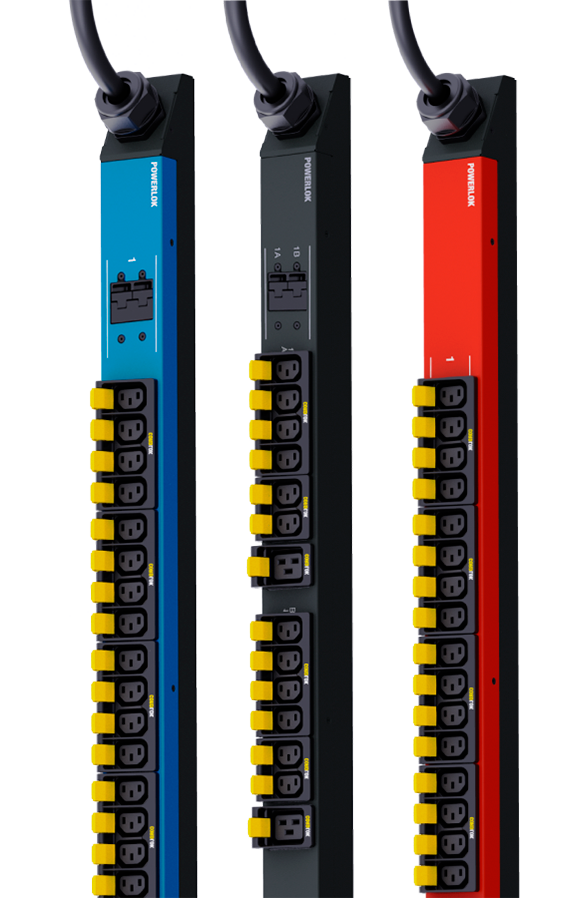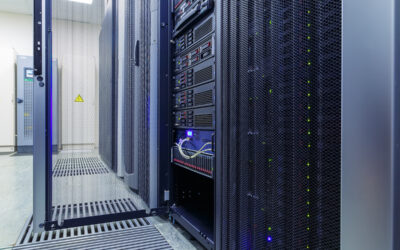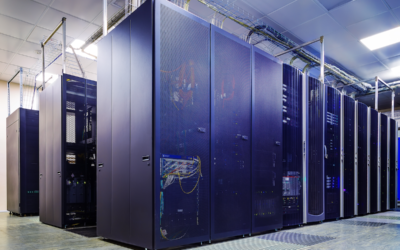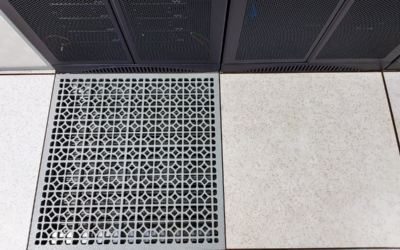Power Grid Wakes Up to the AI Revolution18 min read

Power companies in the United States have had it relatively easy for the past couple of decades. US power demand has been flat during most of that time. Complacency set in. No wonder utilities and power producers were caught by surprise by the AI surge.
“The chief obstruction to data center growth is not the availability of land, infrastructure, or talent; it’s local power,” said Pat Lynch, Executive Managing Director, Global Head of Data Center Solutions for commercial real estate firm CBRE.
Far more power is required than ever due to the intense needs of AI. PG&E, a utility in the western US, for example, conducted research which revealed that it faces a 100% increase in electrical load by 2040. As the hometown utility for Silicon Valley, PG&E is quite familiar with data center operations. This part of the grid is a popular location for large cloud service providers due to proximity to fiber, the number of internet exchange points, and a grid that is largely based on renewable energy resources. Over the next five years, the utility has 3.5 GW of demand from data centers in its existing pipeline.
“We have 19 customers in the Bay Area ready to bring data centers online over the course of the next five years,” said Jason Glickman, Executive Vice President of Engineering, Planning & Strategy at PG&E. “With so many applications for data centers, we are piloting a new approach to study and interconnect them.”
This includes grouping projects when studying them into clusters to validate the demand and accelerate the time to power. This cluster approach is a new way to interconnect large loads, like data centers, added Glickman.
PG&E is fortunate in some ways. It is only utilizing 45% of its grid on average. It has capacity to add AI data centers. Other areas are not so lucky.
“Every current model is probably underestimating the power needs that lie ahead for AI,” said Ali Fenn, President of Lancium. “AI’s transformational potential across every aspect of society is fundamentally governed by only one thing: power.”
According to Omdia, the installed power capacity of data centers needs to reach 170 GW by 2030, of which almost 50% will be for AI alone. That equates to a doubling of data center power capacity compared to where it was at in 2014. In many areas, there just isn’t any power available. Loudoun County, Virginia might boast the highest concentration of data centers in the world. But its local utility Dominion has stated that it has no more power to feed to new data centers or to expand existing ones.
Even when power might be available, it might take many years for an application to work its way through the many approval and permitting hurdles that lie ahead.
“There isn’t the 20 to 40 GW sitting around that major markets need, waiting for AI to say ‘Give me a contract’,” said Brian Pryor, Managing Director of investment banking firm Houlihan Lokey.
Now factor in the impact of federal policy which is steadily shuttering coal plants and making it difficult for natural gas-based power stations to survive. As a consequence of these policies, 60 GW of electrical generation will come offline in the Northeast by 2030. The hope was that renewable energy assets would come online to replace these, but renewable development has not been as fast as anticipated.
One region stands out as the exception – Texas. It is the only state in the US that currently manages to add lots of renewables while also adding plenty of new natural gas generation assets simultaneously.
“Utilities outside of Texas have gone 20 years with never having to deal with load growth and now face massive growth due to AI, data center expansion and electric vehicles,” said Michael Donohue, Managing Director, Business Development, Cumulus Data.
There are ways around this AI power problem, of course. Take the case of a data center operator that was told it would take five years to provide it with the power needed for a new facility. After discussions with the utility, it was revealed that the timeline included one to two years of equipment lead times. As a matter of standard practice, the utility refused to order the equipment until all approvals are achieved. To speed things up, the data center agreed to foot the bill for the equipment should its application be denied. This guarantee allowed the utility to place the equipment order immediately without incurring any risk.
Another common approach is to elicit more cooperation from local utilities by agreeing to demand response initiatives whereby data centers and other users consent to come off the grid and rely on onsite or backup power for certain periods. Fenn expects demand response programs to increase by 20 times by 2050. That alone could account for more than 2,000 GW.
The new mega-data center model, too, could ease some of the strain. Hyperscalers and large colocation providers are favoring large campuses situated where there is abundant power available – and are near to major load centers.
“We need a predictive and responsive grid that takes into account weather forecasting, pricing, grid congestion, load and dynamic orchestration,” said Fenn. “Achieving this will require innovation on all fronts as well as building lots of new gas peaking generators, nuclear and other sources of energy.”
Setting the standard for rack power reliability.

PowerLok® eliminates all mechanical connections, making it 270%
less likely to fail than rack PDUs with mechanical terminations.
Setting the standard for rack power reliability.
With automated soldering from line input to each receptacle,
PowerLok® eliminates all mechanical connections, making it 270%
less likely to fail than rack PDUs with mechanical terminations.

Drew Robb
Writing and Editing Consultant and Contractor







0 Comments